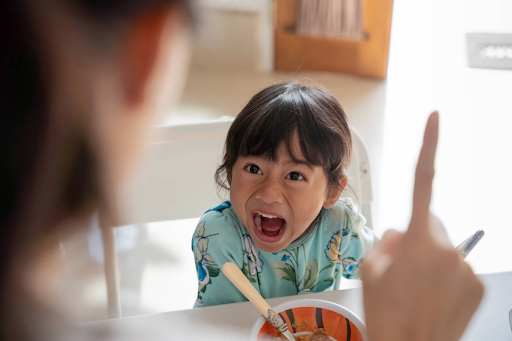How to Improve Gross Motor and Balance for Your Child with Autism?
- HEALIS AUTISM CENTRE

- Sep 14, 2021
- 3 min read

In this article, we will be talking about the importance of gross motor skills and balance, and how to improve these areas.
Firstly, balance refers to the ability to maintain a controlled body position, whether it is sitting at a table or walking up and down a flight of stairs. A child should have the ability to maintain their positions during both static (not moving) and dynamic (moving) activities. Without this, a child may appear uncoordinated, clumsy or afraid of certain physical activities.
Static balance is the ability to hold a stationary position with control (e.g. “Freeze” or “statue” games). Dynamic balance is the ability to remain balanced while engaged in movement (e.g. running or bike riding).
Gross motor skills involve movements of the large muscles of the arms, legs and torso. These skills involve the coordination of the muscles and the neurological system. They are important as they impact balance and coordination, and on top of that, form the basis for fine motor skills that help us make small movements like buttoning our clothes or writing and typing. Children need gross motor skills for everyday activities at school, at home and in the community, and those who struggle with gross motor skills have trouble doing whole-body movements like climbing and jumping jacks. They need their core muscles to be strong enough to do things that they enjoy doing. If this is an issue your child faces, this article would be useful for you.
Balance comes hand in hand with gross motor skills and is equally important. This is because balance allows for fluid body movement for activities such as participation in sports and games. Being involved in sports is useful in maintaining self-regulation for daily tasks and also helps children develop and maintain appropriately controlled body movement. When balance and gross motor skills come naturally for the child, it limits the energy expended to perform a task, thus minimising fatigue. Additionally, with good balance, there is less likelihood of injury as the child would have more appropriate postural responses when needed. A good example is putting hands out to protect themselves when they fall off their bike. The physical attributes of balance and coordination also allow good postures for table top tasks and subsequent success at fine motor tasks. It is also important for handwriting as it involves a lot of posture control in a static position sitting down.
Balance and gross motor skills are learnt through exploration and movement. Hence, the more exposure they get, the better they do. Here are some ways to improve balance and gross motor skills at home in fun ways:
Using a trampoline is a great activity to improve balance and can also be part of a sensory diet. Most children also enjoy bouncing up and down in the air, so it becomes a naturally reinforcing activity that encourages more play. Also, having a jump bar may be useful as a safety measure for children who may need more assistance jumping on the trampoline. It is especially helpful for children who are not yet confident about jumping on their own.
Playgrounds can also be beneficial for children. Swinging on a swing set can help kids develop balance as they need to coordinate shifting their weights and moving their legs back and forth. Additionally, the constant climbing up and down play structures will be helpful in strengthening their muscles and balance. While using playground equipment like rope ladders and wobble bridges may be scary before kids get used to them, they help work core muscles that are important to us.
Balloons and bubbles are some other interesting ways to build gross motor skills because you can’t predict where they’re going to go, and require children to move in ways that involve sudden shifts in balance and weight. The same goes for throwing, catching and kicking balloons, which are easier than using a ball. Tricycles, scooters and pedal cars are all useful for a child to practice dynamic balance.
In conclusion, gross motor skills and balance are crucial in a child’s development and can be worked on at home and in various settings!
Written by Claudie.








Comments